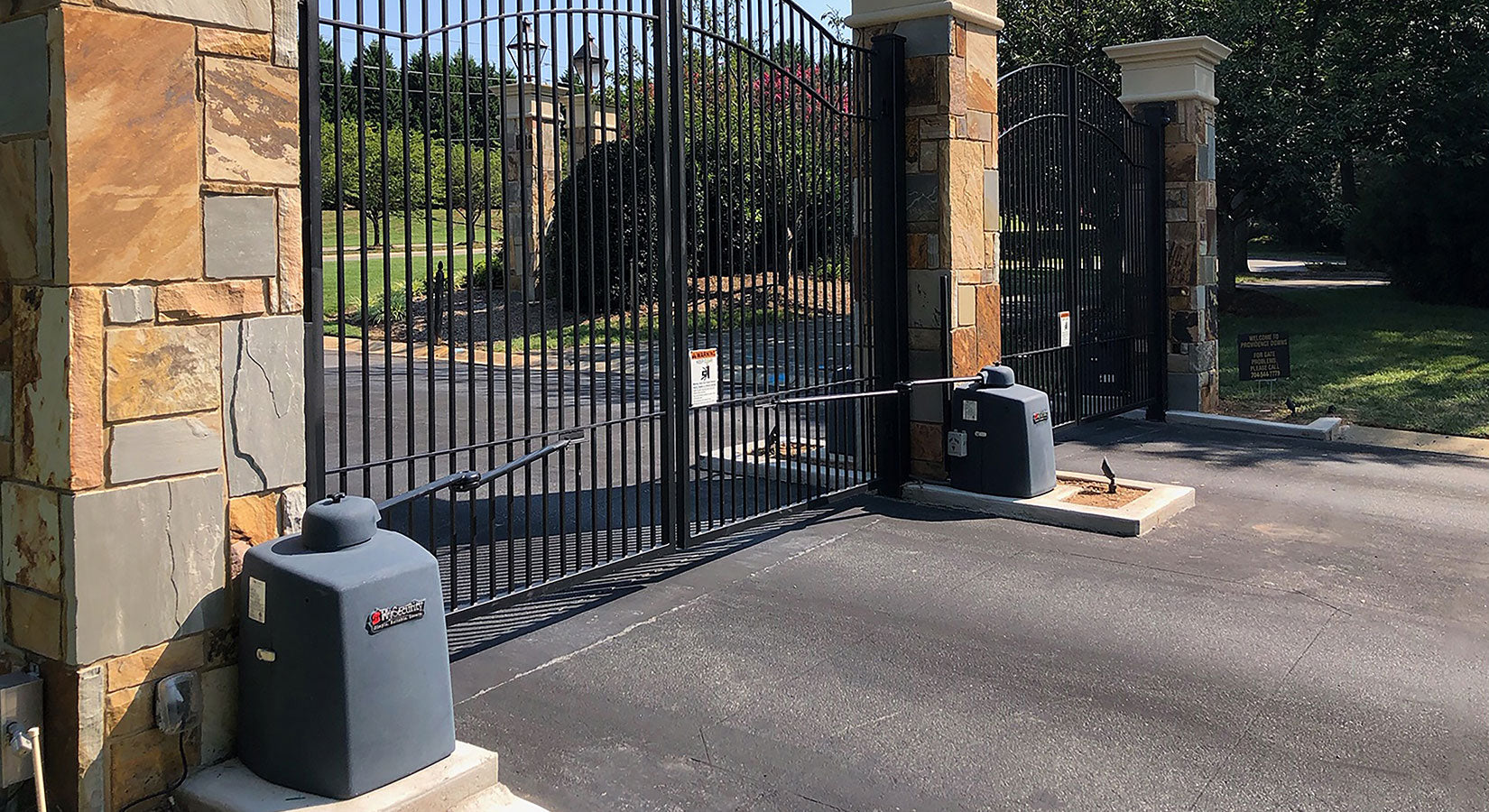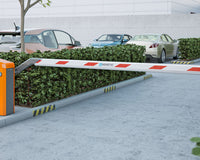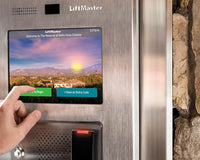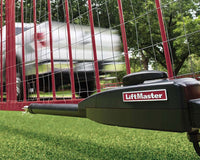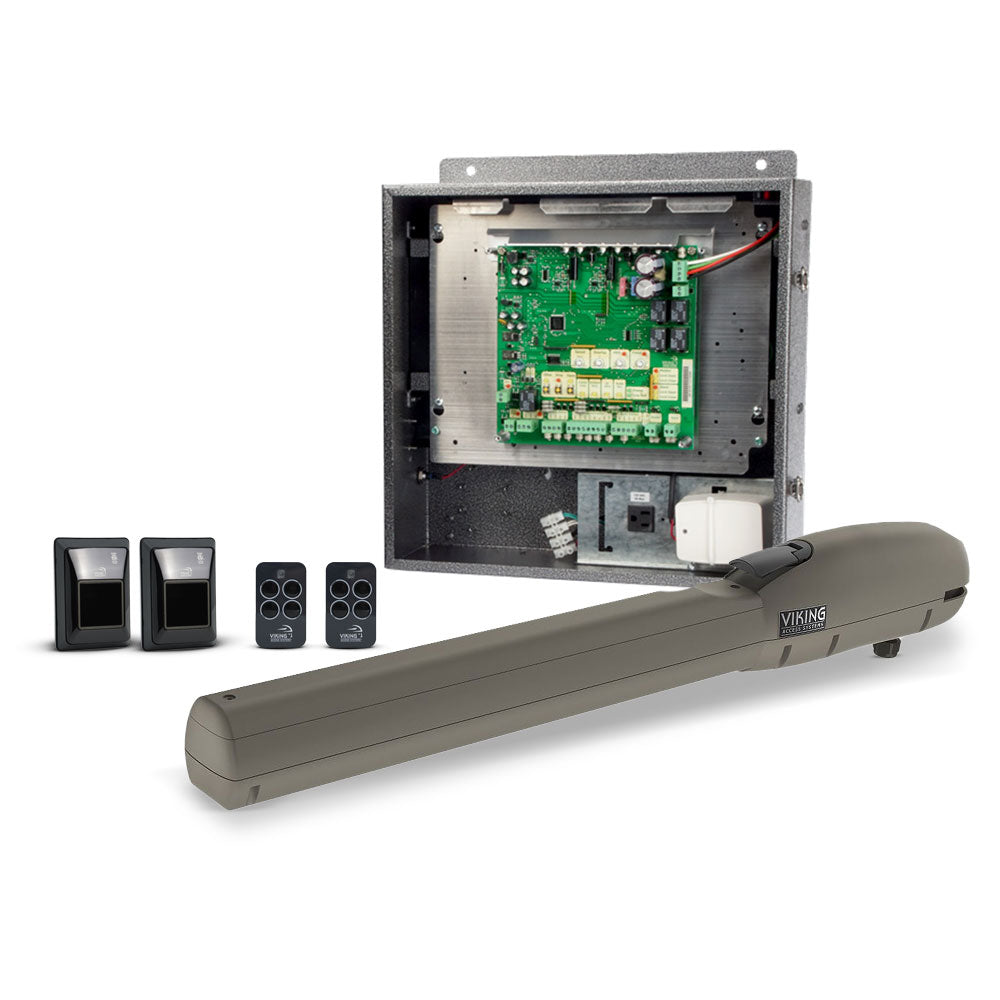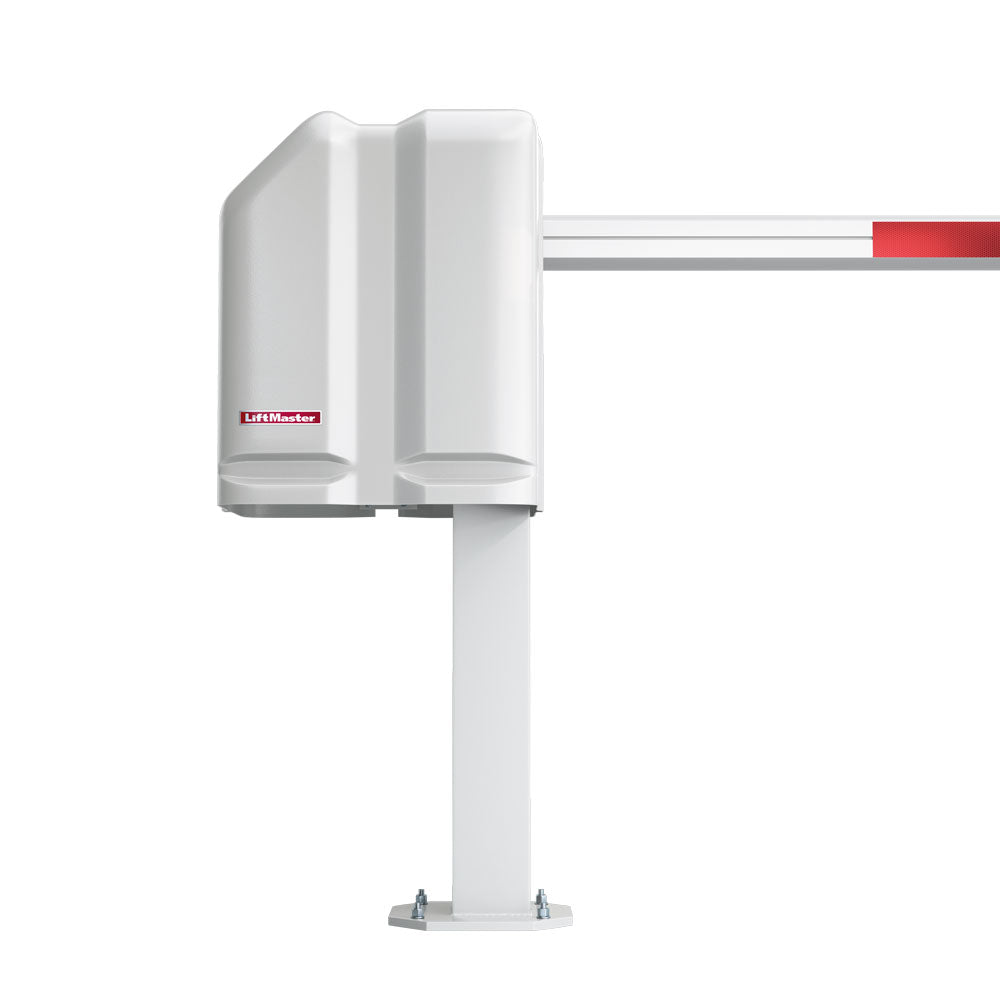If you want to improve your security and get a sense of peace, installing an automatic gate system could be the next step, but with so many choices and features to select from, it can be challenging to choose one that suits your needs. Making the proper decision is critical to your gate's optimal functioning.
Electric or automatic gate operators allow you to open and close gates for access control without manually controlling them. For example, both swinging and sliding gates are electric access control systems.
An electric gate opener opens and closes the gate when a controller, touchpad, or motion sensor positioned in the pathway generates an electrical impulse. Then, the operator swings the gate inwards and leaves it open for a while to allow traffic to pass.
The gate turns when the controller links to a gate opening arm. A control box located near the gate hinge on the gate post serves as the system's brain. The control box receives the radio signals, which tell operators how to respond.
Components of a Gate Operator
Control box
You can set up the control box to around three meters from the entrance, but you can increase this range by stretching the wire up to fifteen meters.
The box is hard plastic and is usually out of sight. You can add a steel box to contain the control box for additional safety.
Actuator arm
The actuator arm features rugged metal with improved corrosion protection and powder-coated metallic pieces. In addition, the metal surface and rubber seal on the actuator arm keep water and dust from the internal workings.
The linear screw operator secures the gate in place as soon as the gate opens or closes. For additional security, you can attach the actuator arm directly to the gate and replace the endpin with a stainless-steel pin and lock. Lastly, the actuator arm comes with a long wire to easily connect it to the control box.
Key remote controls
The control box processes the message from any number or arrangement of key remote controls or keypads.
Different Types of Gate Operators
Swinging gate operators open or close the gates by "swinging" them inwards or outwards. They're a great option for many homes because they're easy to use and have a lovely appearance.
Swinging Gate Operators
One example of a swinging gate operator is the LiftMaster LA400PKGUL Swing Gate Opener, but there are two types of swinging gate openers to consider:
Linear arm motors
Linear arm actuators are most commonly power swing gate operators. When the door opens, linear arm actuators withdraw a motorized bar. To close the gate, the actuators lengthen the bar.
Linear techniques are cheap and easier to set up, and they are more popular than articulated arm actuators. To install, first you have to connect it to your door from the wall. Don’t worry if you have a huge door. Finding a motor powerful enough to move it is simple.
Articulated Arm Motors
Articulated arm motors control a movable bar on the gates and have huge supports that can't fit with linear arm motors. Contractors use articulated arm motors for gateways without pre-installed motors. You should not use them for wooden doors.
Sliding Gate Operators
Sliding gate operators use a cog and teeth mechanism. For sliding gate operators to work, you need to install roller guides, a track, or a cantilevered mechanism. Installing a sliding gate operator is more complex than installing a swing gate operator.
That said, they do not need the additional space that swing gates require. People who do not have enough room or wish to leave space for parking cars prefer sliding gate operators.
Subsurface Actuators
Using subsurface actuators is the third form of the automatic gate operator. If you're worried about the appearance of your electric gate, underground actuators are hidden beneath the earth and protected by a plastic cover. They look great, but unfortunately, the installation procedure is time-consuming and expensive.
What Are the Benefits of Using a Gate Operator?
- You can open your gate with a single touch of a button using automatic door operators.
- You don't have to open your door manually.
- To unlock your door, you don't require keys.
- They are a low-cost and convenient security option.
- There is no need to recruit security personnel or spend on monthly security plans.
- They add to the value of your home and improve its resale value.
- Installing them might lead to acquiring cheaper home insurance.
- During poor weather, such as an intense downpour, you won't need to leave your automobile to open the gate.
Are gate operators safe to use?
Most gate opening technologies also come with safety sensors and systems that detect items in their pathway. In severe instances, resistance is detected as the doors are closing to avoid accidents and injuries when the door mistakenly closes on objects, cars, or even people. It works the same way as your home garage door opener. The door automatically reverses and opens to avoid a crash.
How are gate operators powered?
Gate opening technologies often link to your property's electrical grid and typically include a backup power supply, such as a 12-volt backup battery, to ensure that they can be operated even if the power goes out. In some systems, you can use solar energy, but it is often less strong and stable than a backup battery supply.
What is a gate operator and what does it do?
Gate operators are a necessary part of many businesses and homes. They provide security, convenience, and peace of mind. If you have any questions about gate operators or would like to know more about the benefits of using one, please do not hesitate to contact us. We would be happy to answer any of your questions and help you find the perfect gate operator for your needs. Thank you for reading!

